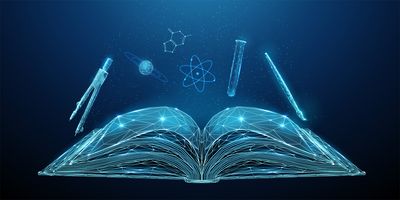When I studied science journalism at Northwestern University, my professor Patti Wolter shared a powerful anecdote about popcorn. During her days as a magazine editor, a writer wanted to critique the two-hour wait times for Chicago’s famous Garrett Popcorn. It sounded like a fun, cheeky story lamenting the years lost to its signature caramel and cheddar combo.
But in probing further, my professor discovered that the blanket statement about two-hour waits wasn’t the whole truth: The waits are only that long at the tourist-filled Magnificent Mile location on the weekends. While it would have made for a much cleaner narrative to omit that inconvenient detail, it wouldn’t have been fair. Checking a story for accuracy doesn’t only mean making sure each individual fact is correct, but that the premise behind them considers all of the available information.
Scientists appreciate a tidy narrative too. A leads to B leads to C. X causes disease, and getting rid of X treats it. By the same token, researchers are susceptible to overlooking information that doesn’t fit within that storyline. This phenomenon is no more apparent than in the pursuit of treatments for Alzheimer’s disease, which affects about 10 percent of Americans age 65 and older. The leading hypothesis driving the development of drugs for Alzheimer’s disease is neat and logical: Clumps of amyloid protein in the brain strangle neurons, resulting in neurodegeneration. Breaking up those clumps will hopefully treat the disease.
However, as amyloid-targeting treatments repeatedly failed in the clinic and new mechanisms behind Alzheimer’s disease emerged, some researchers suspected that amyloid clumps may be a biomarker of the disease rather than the cause. “In that case, targeting amyloid would no more revive dead neurons than removing headstones would resurrect bodies in a cemetery,” wrote Sharon Begley in a groundbreaking exposé. Begley explained how scientists challenging the amyloid hypothesis were ignored and presented the very real possibility that decades of tunnel-visioned Alzheimer’s disease research delayed treatment development and cost lives.
While signs of research misconduct in a landmark amyloid study came to light last summer, most research on amyloid arose from good and honest intentions. Researchers performed well-controlled experiments and reported the data accurately. The facts may have been facts, but they excluded the larger clinical context like Garrett Popcorn on a Tuesday, weaving a tidy tale in papers and presentations that has yet to yield meaningful results for patients.
Scientists and journalists alike should not only fact check, but fair check their work by interrogating their blind spots, seeking the whole picture, and embracing nuance. It might make our narratives messier, but it will also make them more truthful, and that’s important, whether the subject is something as trivial as popcorn or as serious as Alzheimer’s disease.



